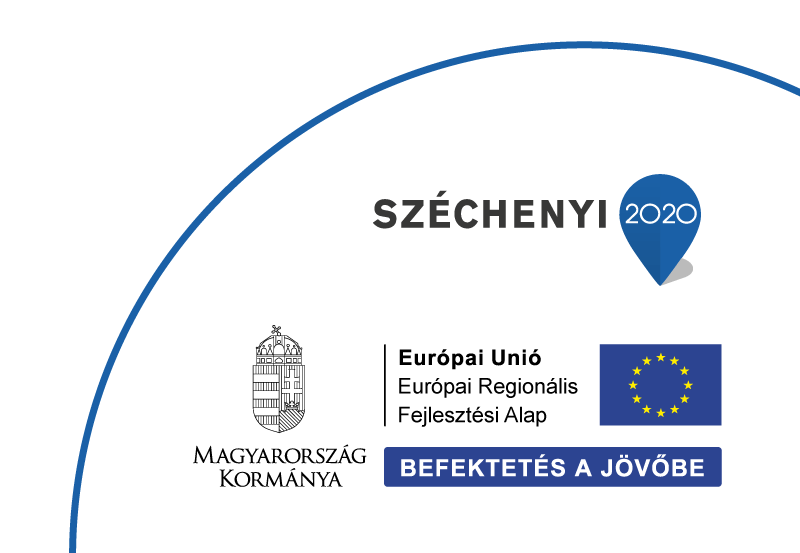|
We have exploited radioactivity as a clock for measuring cosmic times. In particular, we have used the abundances of radioactive nuclei heavier than iron with long half lives (10-20 million years) to investigate the circumstances of the birth of the Sun. By comparing their abundances in the early solar system, inferred by meteoritic analysis, to those predicted by our stellar models, with updated nuclear physics inputs, we have dated the last "rapid" and "slow" neutron-capture events that contaminated the solar system material at roughly 100 and 30 Myr, respectively, before the formation of the Sun. The latter provides us with an upper limit of the time when the precursor material of the solar system became isolated from the bulk of the galactic material. Interestingly, it compares well to the lifetime of high-mass molecular clouds suggesting that the Sun was born in a very large family of stars.
Az előadás előtt 10:30-tól tea, vendégeket szívesen látunk.
 English
English
